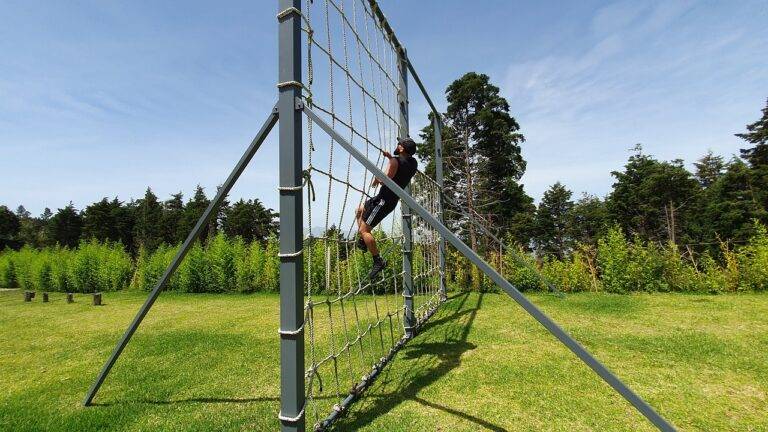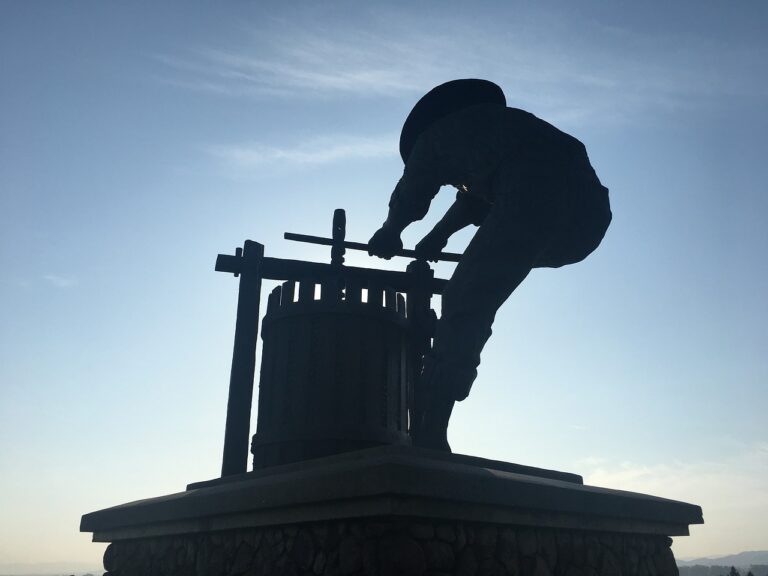Uncovering Hidden Gems: How to Identify Authentic Antiques: 11xplay, Tigerexch247 login, Booki bet
11xplay, tigerexch247 login, booki bet: As antique enthusiasts, we all dream of stumbling upon hidden gems that hold significant historical and monetary value. But with the market flooded with replicas and imitation pieces, how can you distinguish between authentic antiques and mass-produced fakes? Fear not, as we’ve compiled a comprehensive guide to help you uncover those elusive treasures and avoid falling victim to counterfeit goods.
Understanding the Origins
One of the first steps in identifying authentic antiques is to understand their origins. Research the time period, materials used, and manufacturing techniques commonly associated with the piece you are examining. By familiarizing yourself with the characteristics of genuine antiques, you can easily spot inconsistencies in replicas.
Examining the Quality
Authentic antiques are renowned for their superior craftsmanship and attention to detail. Inspect the piece closely for signs of wear and aging, which can indicate its authenticity. Look for imperfections, such as uneven edges or irregularities in the material, as these are often telltale signs of a genuine antique.
Consulting Experts
When in doubt, it’s always wise to seek the expertise of professionals in the field of antiques. Certified appraisers and antique dealers can provide valuable insights into the authenticity and value of a piece. Don’t hesitate to ask for a second opinion to ensure that you are making an informed decision.
Exploring Provenance
Provenance refers to the documented history of an antique, including its previous owners and any relevant information regarding its origin. A thorough examination of an antique’s provenance can help verify its authenticity and establish its historical significance. Be wary of pieces with questionable or incomplete provenance, as they may raise red flags.
Spotting Red Flags
While some fakes are meticulously crafted to deceive even the most discerning collectors, there are common red flags to watch out for. Beware of antiques with pristine condition, uniformity in design, or suspiciously low prices, as these are often indicators of replicas. Trust your instincts and don’t be easily swayed by enticing offers.
Maintaining Patience
Patience is key when on the hunt for authentic antiques. Take your time to research, inspect, and authenticate each piece before making a purchase. Building a collection of genuine antiques requires dedication and perseverance, but the rewards are well worth the effort.
Remember, the thrill of uncovering a hidden gem is unmatched by anything else in the world of antiques. By following these guidelines and staying vigilant, you can enhance your chances of discovering valuable treasures that will stand the test of time.
FAQs
Q: How can I ensure that I am purchasing authentic antiques online?
A: When shopping for antiques online, always buy from reputable dealers with positive reviews and a proven track record of selling authentic pieces. Ask for detailed photographs and descriptions of the item to verify its authenticity before making a purchase.
Q: Are there any specific tools or resources that can help me authenticate antiques?
A: Yes, there are various tools and resources available to help you authenticate antiques, such as UV lights, magnifying glasses, and reference books on antique identification. Additionally, online forums and communities dedicated to antiques can provide valuable insights and advice.
Q: What should I do if I suspect that I have purchased a fake antique?
A: If you suspect that you have purchased a fake antique, contact the seller immediately to express your concerns and request a refund or exchange. Consult with an appraiser or expert to validate your suspicions and take appropriate action to rectify the situation.







